1. Healy D, Le Noury J, Harris M, Butt M, Linden S, Whitaker C, Zou L, Roberts AP. Mortality in schizophrenia and related psychoses: data from two cohorts, 1875-1924 and 1994-2010. BMJ Open. 2012; 2:e001810.
2. Walker ER, McGee RE, Druss BG. Mortality in mental disorders and global disease burden implications: a systematic review and meta-analysis. JAMA Psychiatry. 2015; 72:334–341. PMID:
25671328.
3. Dickerson F, Stallings C, Origoni A, Schroeder J, Khushalani S, Yolken R. Mortality in schizophrenia: clinical and serological predictors. Schizophr Bull. 2014; 40:796–803. PMID:
23943410.
4. Dickerson F, Origoni A, Schroeder J, Schweinfurth LA, Stallings C, Savage CL, Katsafanas E, Banis M, Khushalani S, Yolken R. Mortality in schizophrenia and bipolar disorder: clinical and serological predictors. Schizophr Res. 2016; 170:177–183. PMID:
26607103.
5. Eaton WW, Roth KB, Bruce M, Cottler L, Wu L, Nestadt G, Ford D, Bienvenu OJ, Crum RM, Rebok G, et al. The relationship of mental and behavioral disorders to all-cause mortality in a 27-year follow-up of 4 epidemiologic catchment area samples. Am J Epidemiol. 2013; 178:1366–1377. PMID:
24091891.
6. Chesney E, Goodwin GM, Fazel S. Risks of all-cause and suicide mortality in mental disorders: a meta-review. World Psychiatry. 2014; 13:153–160. PMID:
24890068.
7. Kim SW, Yoon JS. Suicide, an urgent health issue in Korea. J Korean Med Sci. 2013; 28:345–347. PMID:
23487589.
8. Cho MJ, Seong SJ, Park JE, Chung IW, Lee YM, Bae A, Ahn JH, Lee DW, Bae JN, Cho SJ, et al. Prevalence and correlates of DSM-IV mental disorders in South Korean adults: the Korean Epidemiologic Catchment Area Study 2011. Psychiatry Investig. 2015; 12:164–170.
9. Olfson M, Gerhard T, Huang C, Crystal S, Stroup TS. Premature mortality among adults with schizophrenia in the United States. JAMA Psychiatry. 2015; 72:1172–1181. PMID:
26509694.
10. Nordentoft M, Wahlbeck K, Hällgren J, Westman J, Osby U, Alinaghizadeh H, Gissler M, Laursen TM. Excess mortality, causes of death and life expectancy in 270,770 patients with recent onset of mental disorders in Denmark, Finland and Sweden. PLoS One. 2013; 8:e55176. PMID:
23372832.
11. Saku M, Tokudome S, Ikeda M, Kono S, Makimoto K, Uchimura H, Mukai A, Yoshimura T. Mortality in psychiatric patients, with a specific focus on cancer mortality associated with schizophrenia. Int J Epidemiol. 1995; 24:366–372. PMID:
7635598.
12. Park S, Kim SY, Hong JP. Cause-specific mortality of psychiatric inpatients and outpatients in a general hospital in Korea. Asia Pac J Public Health. 2015; 27:164–175. PMID:
22815305.
13. Charlson ME, Pompei P, Ales KL, MacKenzie CR. A new method of classifying prognostic comorbidity in longitudinal studies: development and validation. J Chronic Dis. 1987; 40:373–383. PMID:
3558716.
14. Lemogne C, Nabi H, Melchior M, Goldberg M, Limosin F, Consoli SM, Zins M. Mortality associated with depression as compared with other severe mental disorders: a 20-year follow-up study of the GAZEL cohort. J Psychiatr Res. 2013; 47:851–857. PMID:
23590806.
15. Saha S, Chant D, McGrath J. A systematic review of mortality in schizophrenia: is the differential mortality gap worsening over time? Arch Gen Psychiatry. 2007; 64:1123–1131. PMID:
17909124.
16. Talaslahti T, Alanen HM, Hakko H, Isohanni M, Häkkinen U, Leinonen E. Patients with very-late-onset schizoprhenia-like psychosis have higher mortality rates than elderly patients with earlier onset schizophrenia. Int J Geriatr Psychiatry. 2015; 30:453–459. PMID:
24990229.
17. Crump C, Sundquist K, Winkleby MA, Sundquist J. Comorbidities and mortality in bipolar disorder: a Swedish national cohort study. JAMA Psychiatry. 2013; 70:931–939. PMID:
23863861.
18. Reininghaus U, Dutta R, Dazzan P, Doody GA, Fearon P, Lappin J, Heslin M, Onyejiaka A, Donoghue K, Lomas B, et al. Mortality in schizophrenia and other psychoses: a 10-year follow-up of the ӔSOP first-episode cohort. Schizophr Bull. 2015; 41:664–673.
19. Lee H, Lee K, Koo JW, Park SC. Suicide in patients with schizophrenia: a review on the findings of recent studies. Korean J Schizophr Res. 2015; 18:5–9.
20. Nielsen RE, Uggerby AS, Jensen SO, McGrath JJ. Increasing mortality gap for patients diagnosed with schizophrenia over the last three decades--a Danish nationwide study from 1980 to 2010. Schizophr Res. 2013; 146:22–27. PMID:
23523021.
21. Hor K, Taylor M. Suicide and schizophrenia: a systematic review of rates and risk factors. J Psychopharmacol. 2010; 24:81–90. PMID:
20923923.
22. Roshanaei-Moghaddam B, Katon W. Premature mortality from general medical illnesses among persons with bipolar disorder: a review. Psychiatr Serv. 2009; 60:147–156. PMID:
19176408.
23. Bowie CR, Harvey PD. Cognition in schizophrenia: impairments, determinants, and functional importance. Psychiatr Clin North Am. 2005; 28:613–633. PMID:
16122570.
24. Jackson JL, Kroenke K. Difficult patient encounters in the ambulatory clinic: clinical predictors and outcomes. Arch Intern Med. 1999; 159:1069–1075. PMID:
10335683.
25. Lester H, Tritter JQ, Sorohan H. Patients’ and health professionals’ views on primary care for people with serious mental illness: focus group study. BMJ. 2005; 330:1122–1126. PMID:
15843427.
26. Park JH, Kim KW. A review of the epidemiology of depression in Korea. J Korean Med Assoc. 2011; 54:362–369.
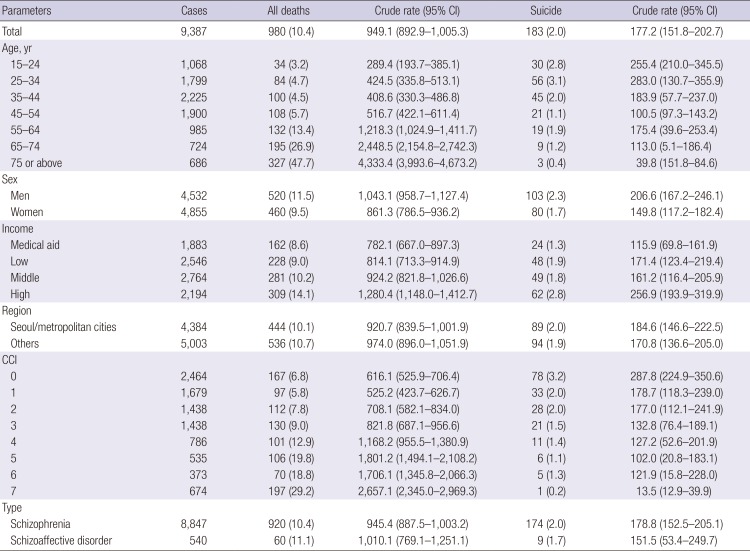
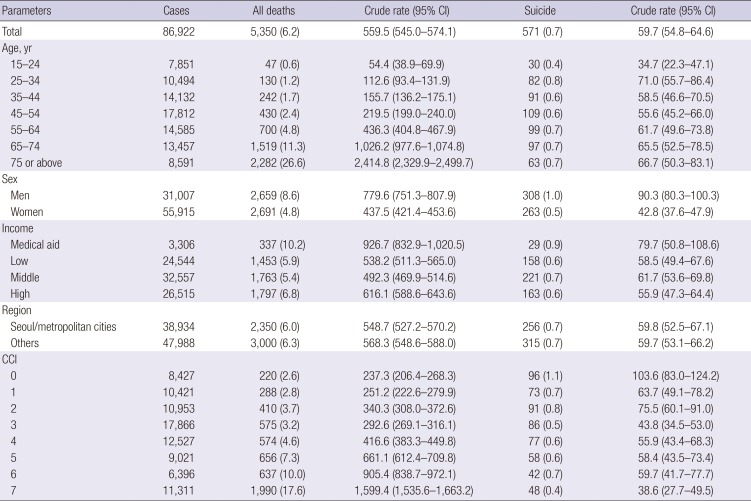
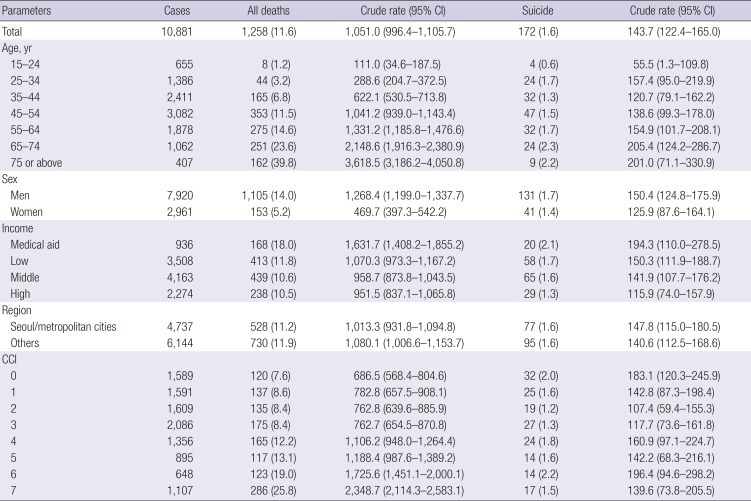
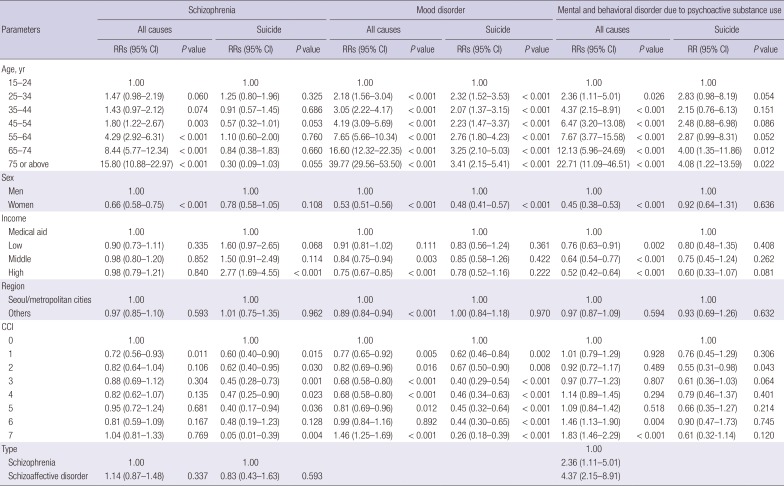
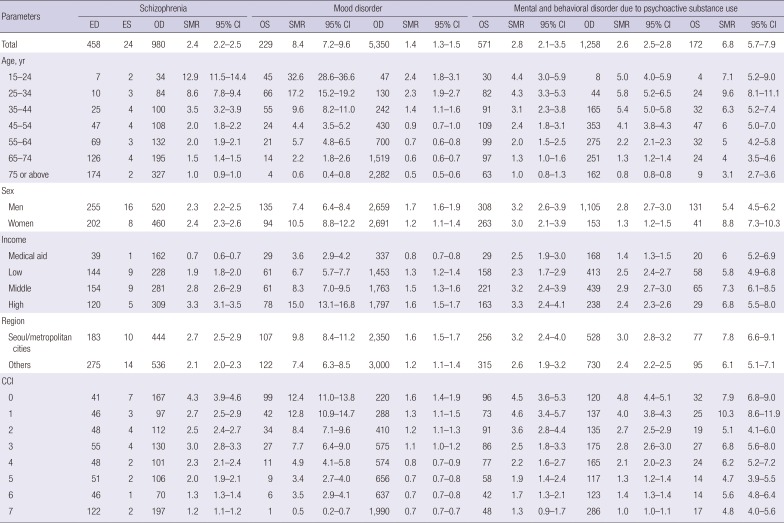




 PDF
PDF ePub
ePub Citation
Citation Print
Print



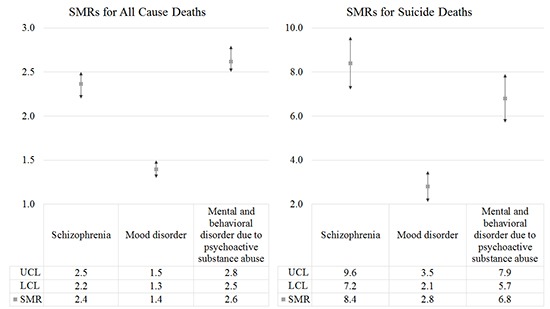
 XML Download
XML Download